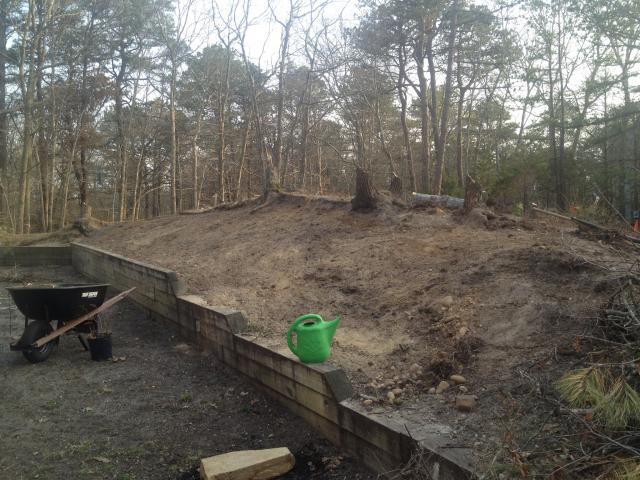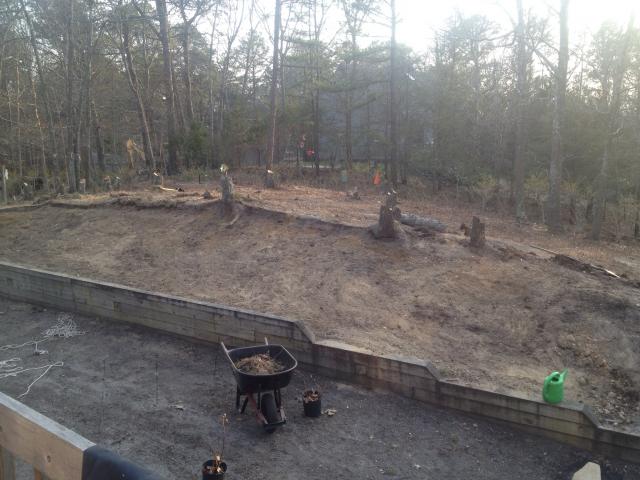mrbstephens
Lovin' The Homestead
We bought our house a year and a half ago with the dreams of growing food for ourselves on our new property. A couple of weeks ago we cut trees down on top of a hill that is held up by a retaining wall and is also next to our deck. A few days ago, it occurred to me that probably, the retaining wall is made of CCA and quite possibly the posts for the deck as well. This is really upsetting to me as I've been planing to plant tons of veggies, fruits and berries on top of this hill, next to the retaining wall, and up against the deck. Please tell me, what to do! 
Here's a couple of pictures to help you see what I'm talking about..



Here's a couple of pictures to help you see what I'm talking about..



